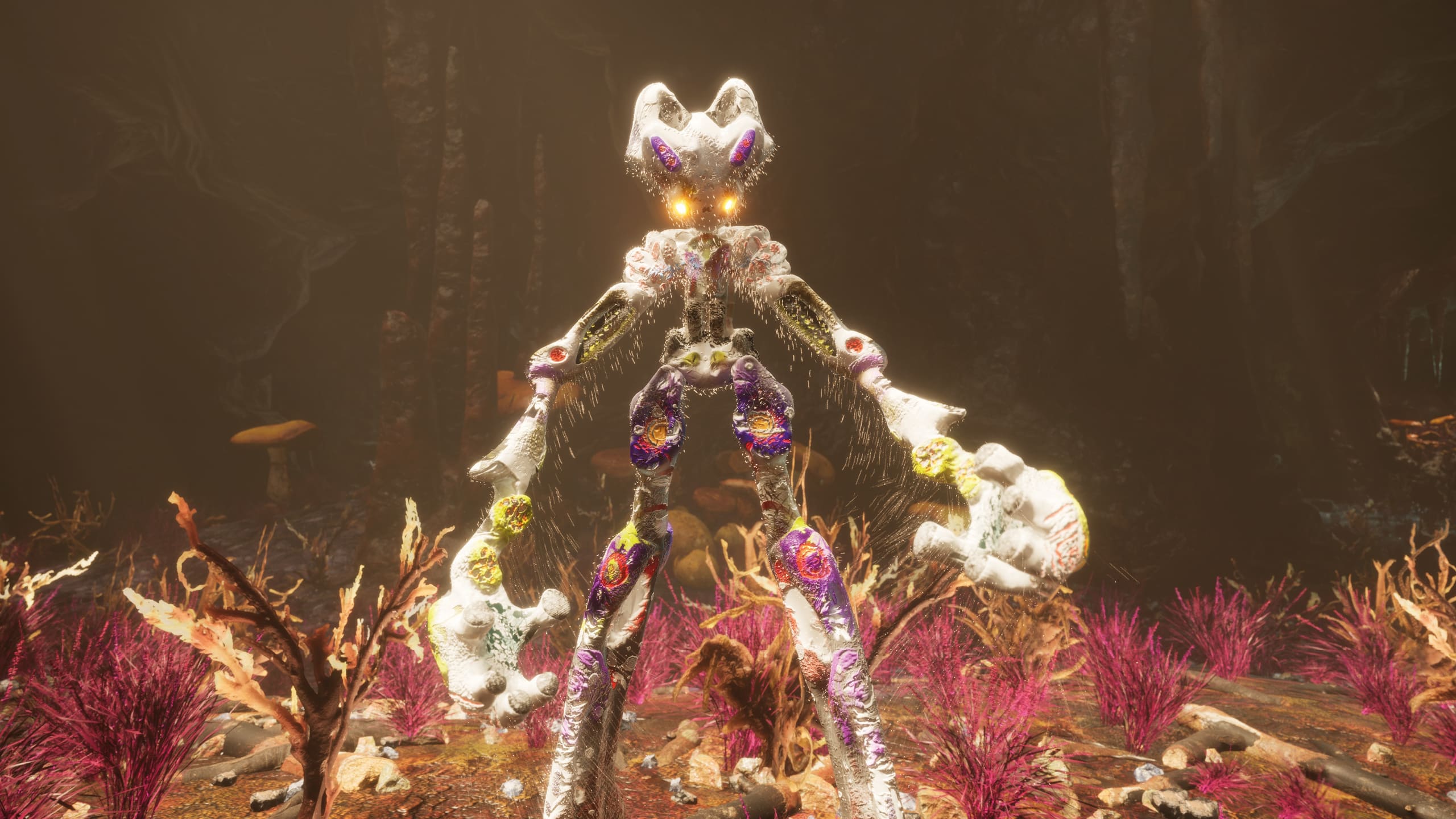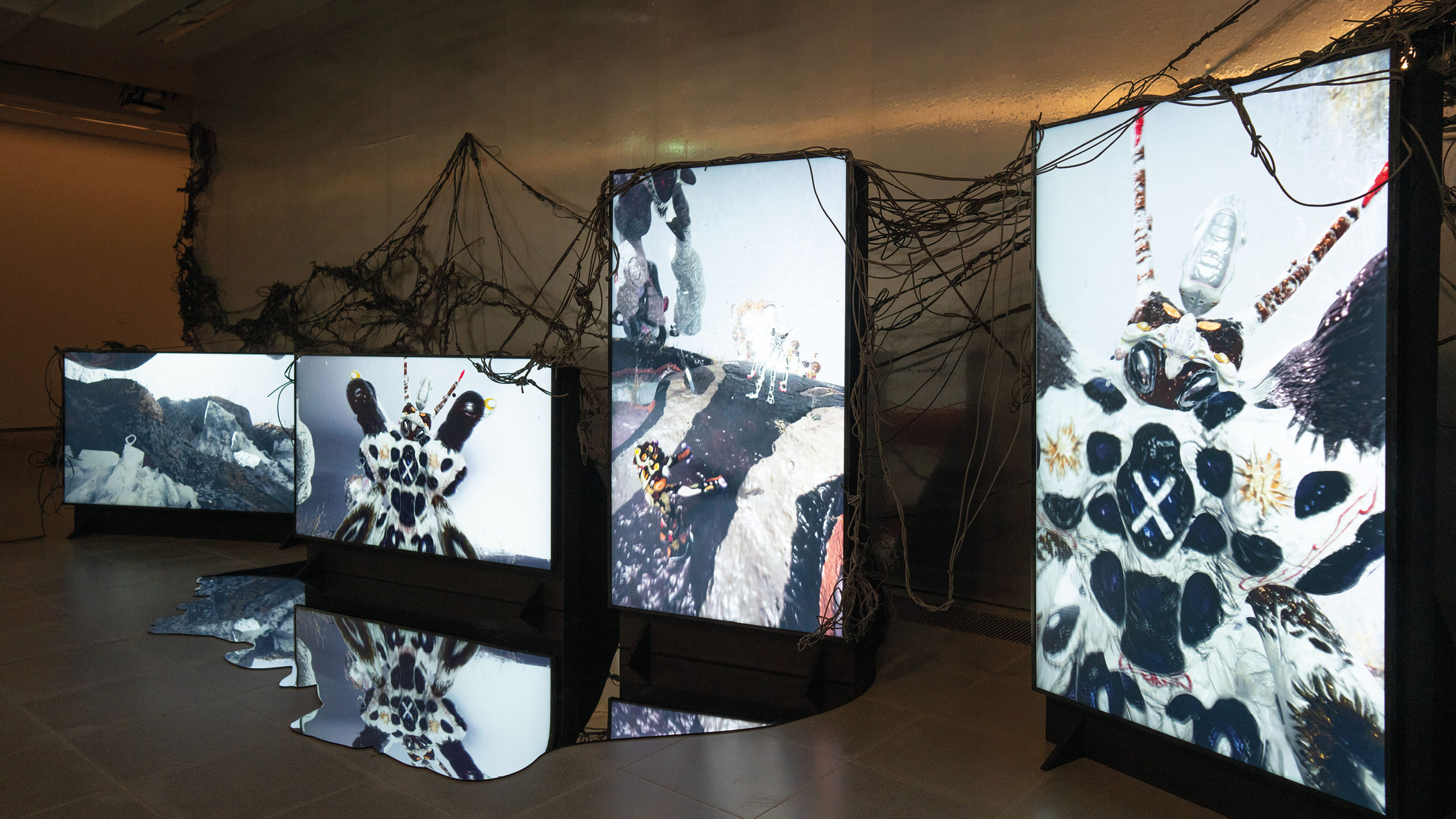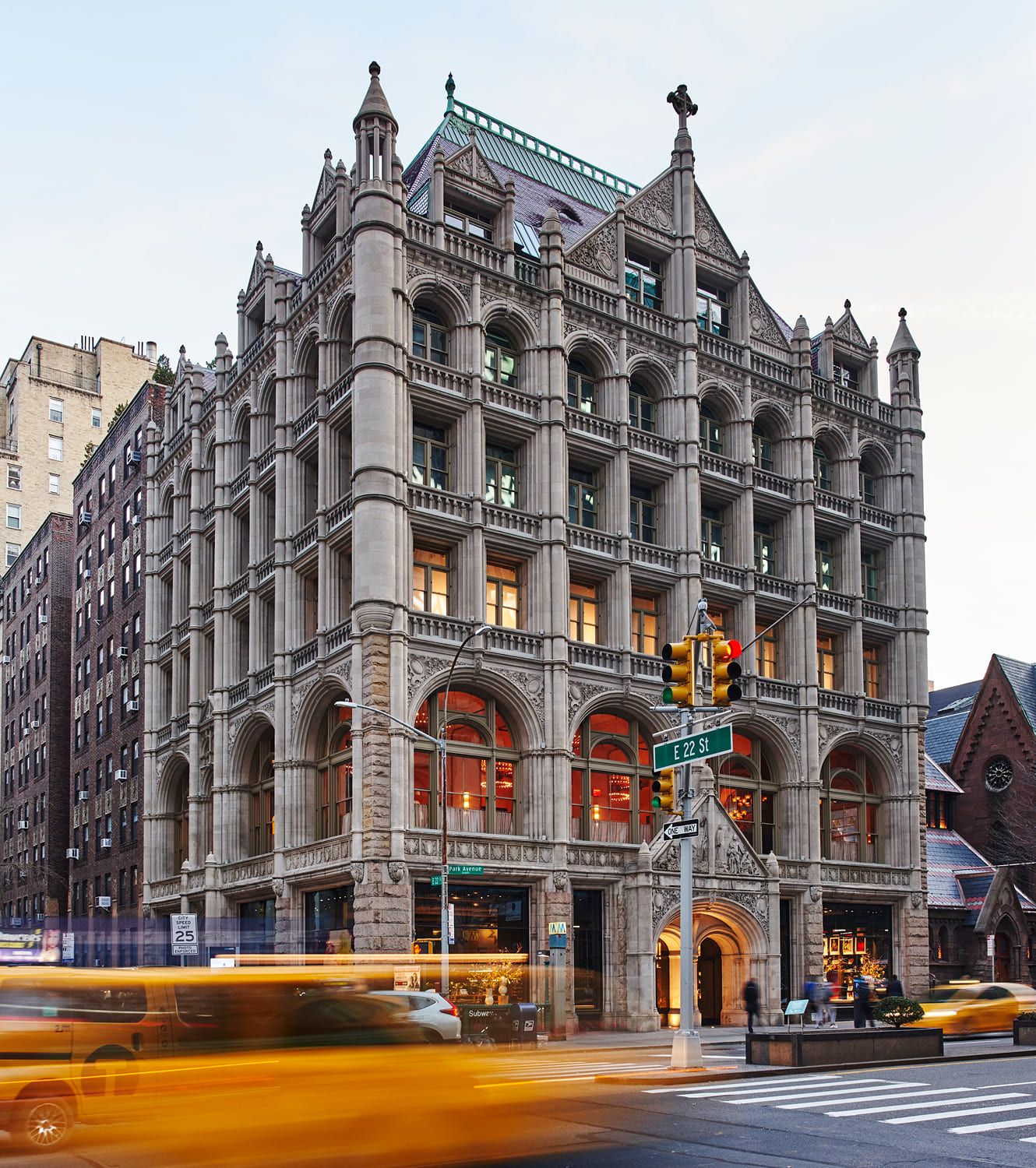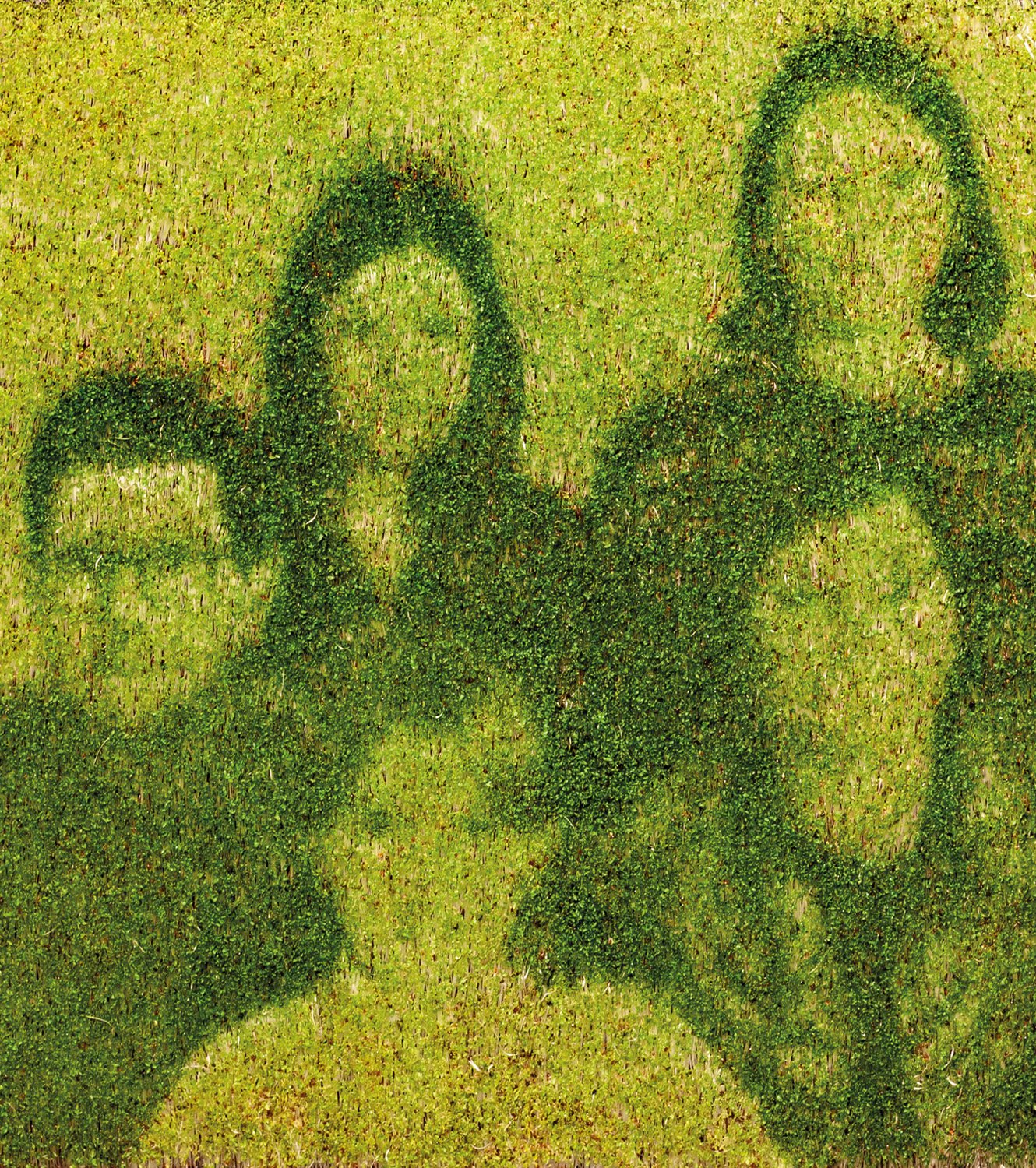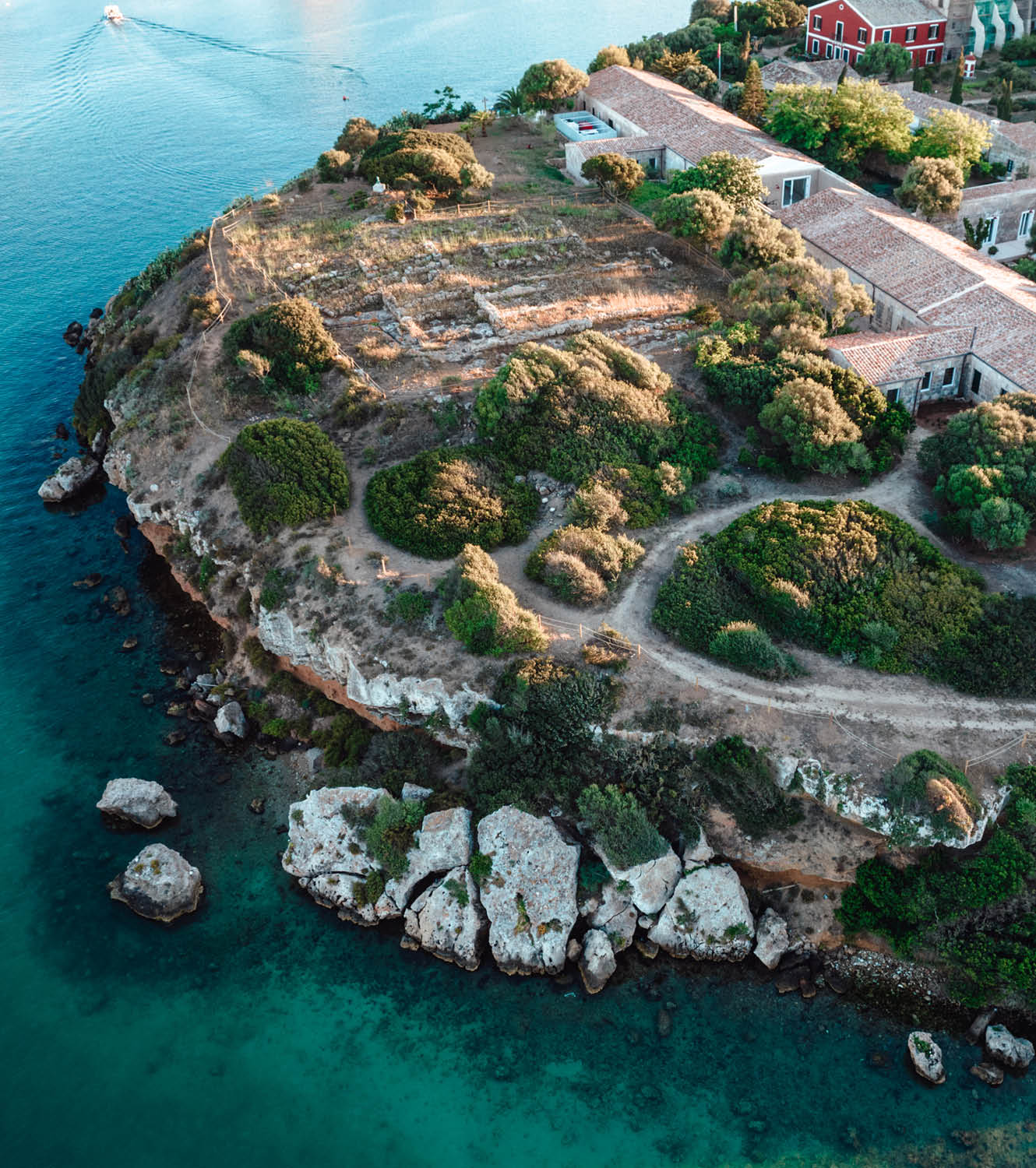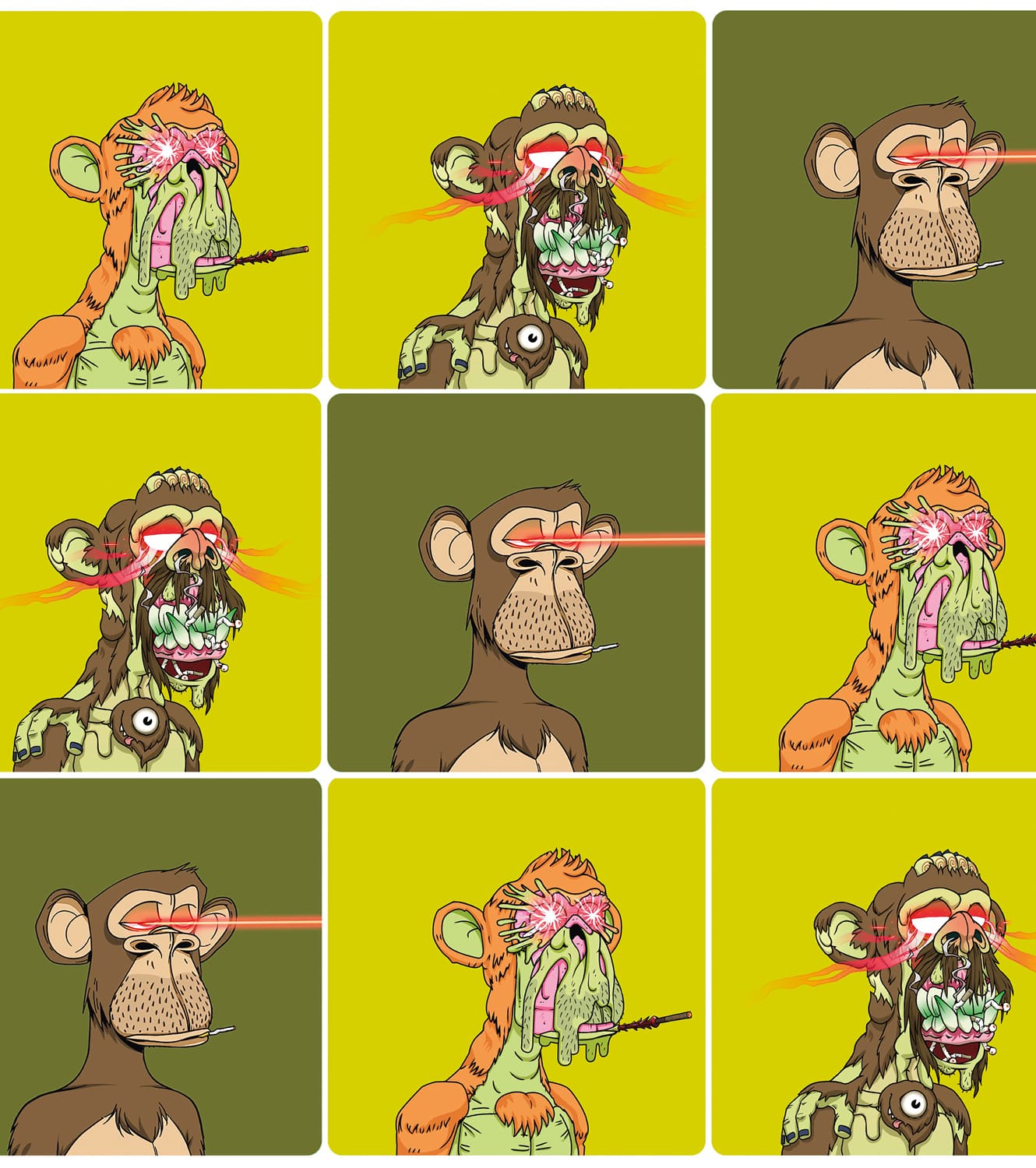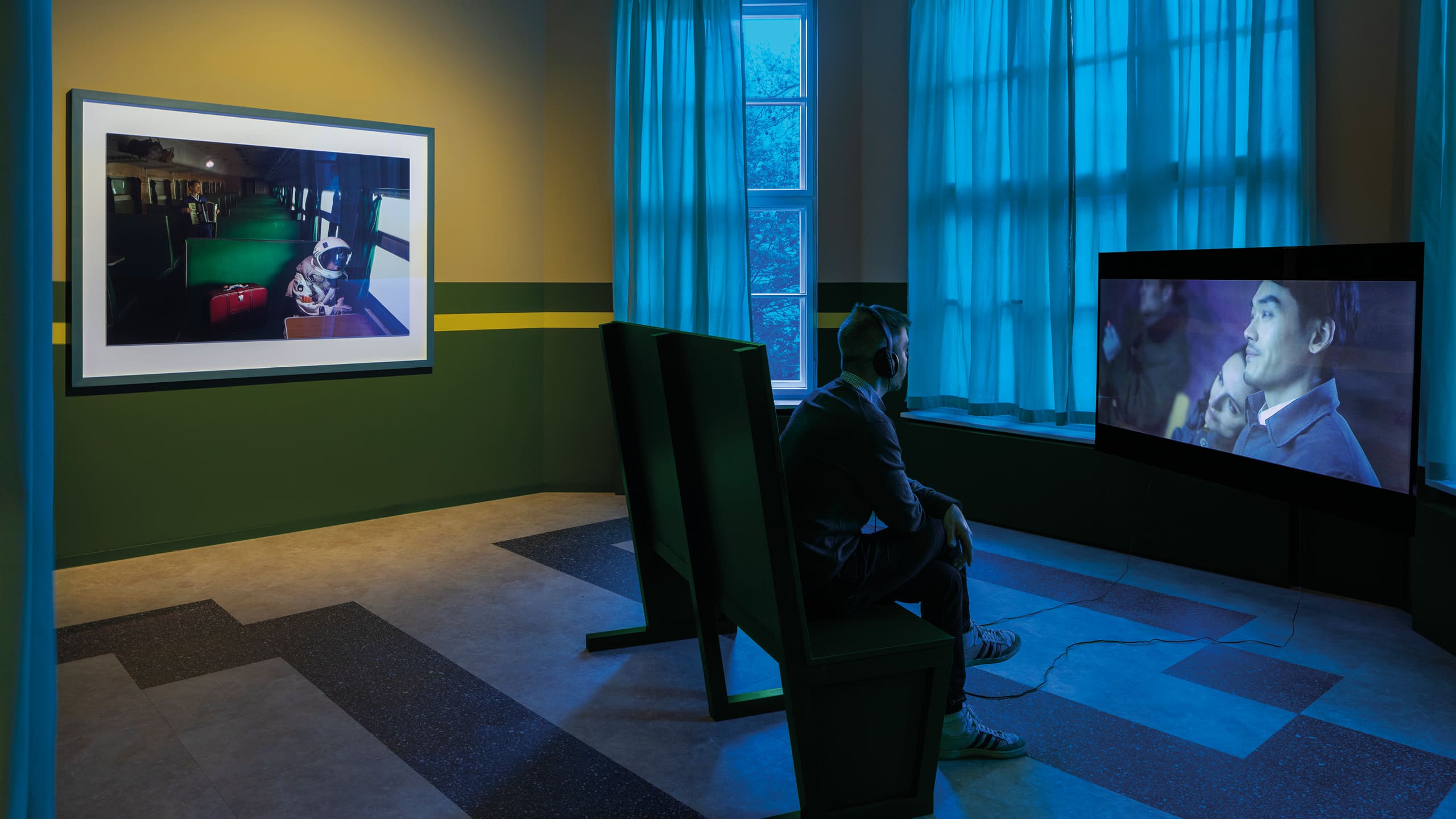
GAME CHANGERS
Straddling the real and the virtual, a new generation of artists are using the medium of gaming to communicate hard-hitting subjects to an unlikely audience, reports Tom Seymour
In January 2025, the world will mark 80 years since the liberation of the Auschwitz concentration camp. But, as the horrors of the Holocaust begin to recede out of living memory, how should we, collectively, communicate the enormity of the event to younger audiences? Last August, the Los Angeles-based British game designer and visual artist Luc Bernard came up with a novel idea: to launch a Holocaust remembrance museum inside Fortnite, the battle royale gaming platform.
Fortnite is familiar to any gamer. Ever since its release in 2017, the real-time gaming platform – in which 100 players fight to be the last person standing – gained more than 125 million players in less than a year. As of late 2023, it still ranked as the top free-to-play game downloaded on the PlayStation 4 and 5 gaming consoles.
Bernard was driven to create the museum, with approval from Fortnite’s publisher Epic Games, after the Anti-Defamation League listed the game as a concern in the 2023 Online Holocaust Denial Report Card, noting that Holocaust deniers were using the game to spread conspiracy theories about the facts of the event. Named Voices of the Forgotten, the museum features photographs and plaques highlighting people who resisted the Nazis, and shows visitors examples of Nazi atrocities. It is situated within the game’s battle arenas, allowing the battle to unfold around and within it.
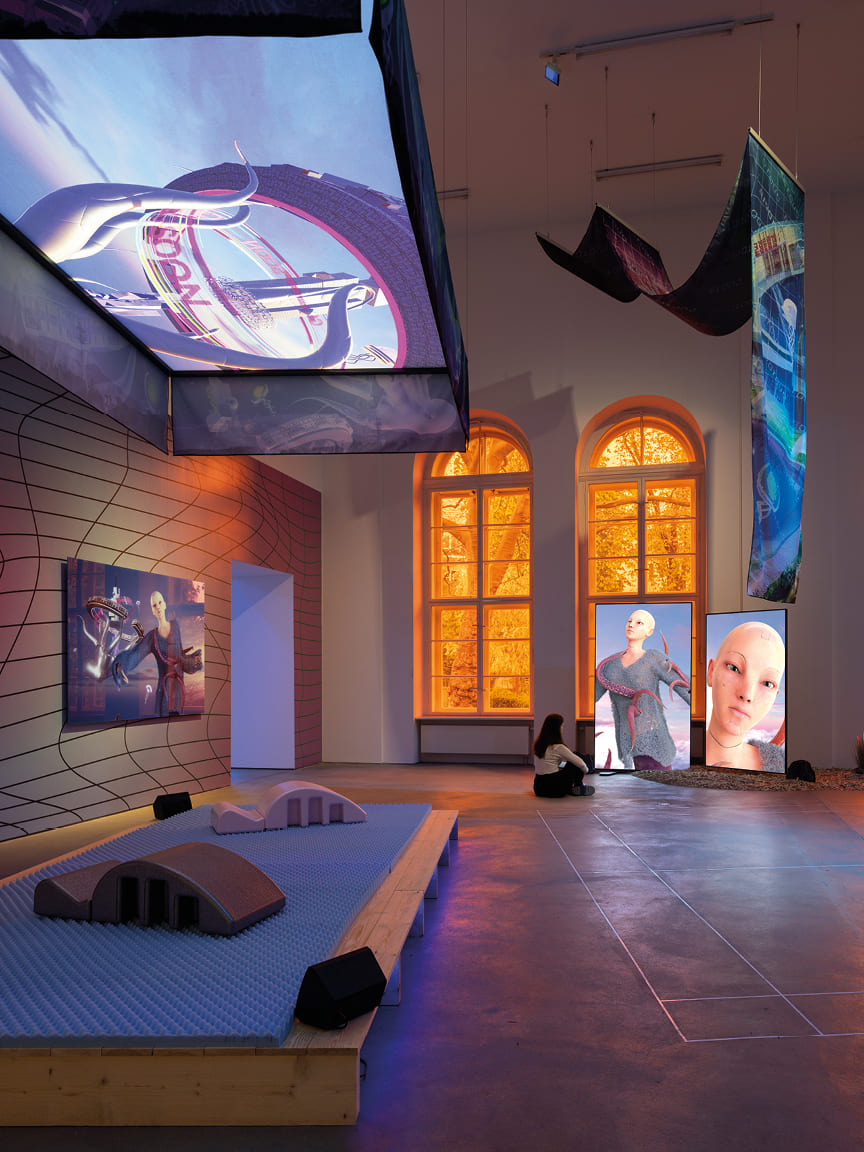
Banner and above, Cao Fei’s Duotopia (2023) investigates what it means to be human as the artist turned Sprüth Magers Berlin into a visually striking and highly thought-provoking series of multimedia exhibits

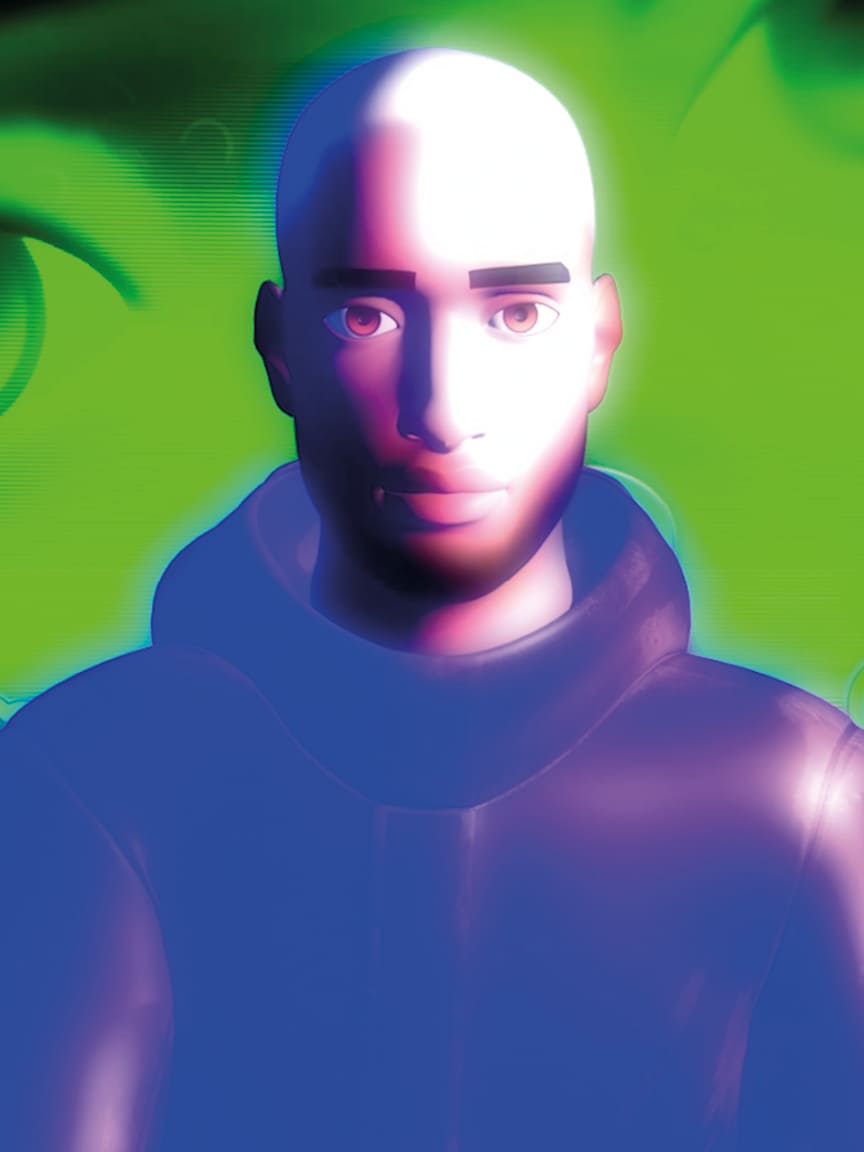
Center and right, Sara Sadik's La Potion (EH) (2023), the character Émile is the protagonist of seleval computer-generated scenarios in which concepts of masculinity among marginalized French communities are deconstructed and analyzed
NEW PLAYERS
Fornite might not seem like an obvious location for such an exercise. And yet it may be a prescient one. For Bernard is amongst a new generation of young artist-game designers who are co-opting this new technology, and walking a fine line between real and virtual worlds, to communicate sharp insights on very real socio-political subjects. In doing so, they are reaching a new and untapped audience, one far beyond the demographic and generation that would typically visit a museum or a gallery.
In January 2022, Brian Donnelly, the former New York graffiti artist better known as Kaws, simultaneously exhibited his show New Fiction at the Serpentine Gallery in London and on two digital platforms: Fortnite and the augmented-reality app Acute Art, allowing his artworks to be presented in both physical and augmented reality. Visitors were encouraged to download the app when they arrived at the gallery. Although the physical show has now closed, Kaws’ exhibition remains viewable on the app and so accessible to anyone anywhere.
Fortnite is a successful game, but it is one of many. In 2021, 2.8 billion people were reported playing video games regularly. Often, gamers spend multiple hours of their day, every day, in gaming mode; inhabiting a parallel world in which they can assume different identities and enjoy different capacities.
Hans Ulrich Obrist, the Swiss art curator and artistic director of Serpentine Galleries, has understood this more readily than most. Last summer, at the Pompidou Metz in the east of France, Obrist opened his exhibition Worldbuilding, a show he originally curated at the Julia Stoschek Foundation in Düsseldorf, Germany. Worldbuilding highlights how the creation of games offers a unique opportunity for exactly that: building new worlds, ones that can be different from, perhaps reflective of, the real one.
Obrist’s exhibition reflected two things. Firstly, he examined how the world of gaming was changing. In recent history, games were typically designed by a small cohort of software engineers, who tended to be concentrated around a small, often very male, demographic. But the decentralization of technology has allowed many more people, from much more diverse backgrounds, to also design games, and they have brought their own experiences to the fore.
A great example is Third World: The Bottom Dimension, a project curated in June 2023 by Serpentine Galleries’ Arts Technology team and the Brazilian artist Gabriel Massan. Forgoing the traditional exhibition layout – hanging artworks on whitewashed walls alongside an explanatory text – the team created a free-to-download, multi-level, single-player PC game. It explores the experiences of Black Brazilian people, and its relation to colonial histories and their modern-day legacies. And although the landscape created in Third World may appear strange and fantastical, the themes and issues it dealt with were searingly of the present and the real.
At the Serpentine Galleries, Gabriel Massan’s Third World: The Bottom Dimension (2023)
was a free-to-download, multi-level, single-player PC game exploring the experiences of Black Brazilian people,
and its relation to colonial histories and their modern-day legacies
"Although the landscape created in Third World may appear strange and fantastical, the themes and issues it dealt with were searingly of the present and the real"
NEXT LEVEL
There are other artists working independently and beyond the institutional artworld, who are also driving this change. Chief among this community is Cao Fei, the Beijing-based Chinese artist whose practice is almost impossible to pin down. In 2021 she won the Deutsche Börse Photography Foundation Prize, ostensibly defining her as a photographic artist. Yet it’s almost absurd to try and designate Cao within such a canon, for she, almost alone, has understood the link between the real and virtual. As far back as 2007, Cao Fei’s practice has been entwined with Second Life, the online world that gained a drastic resurgence during the pandemic.
Cao’s art has always understood the importance that cosplay and alter egos plays for a generation of people raised on the internet, and who make little distinction between the so-called real and virtual worlds. Her RMB City (created between 2007 and 2012) is an alternate world within Second Life, where Cao Fei ceases to be Cao Fei and becomes her avatar, China Tracy. This is not an oblique escape from the demands of the physical, but a way to delve deeper into the motivations, psychologies and contradictions that drive our day to day lives. In an interview with ArtNet, the artist said: “Maybe it’s just me, but I think some people might reveal their true persona through the behaviors of their avatars.”
Other notable artists finding new expressions with gaming are the Marseille-based French artist Sara Sadik, whose video game La Potion (EH) won the BMW Open Work competition at the Frieze London art fair in 2023. The work, conceived in conjunction with the carmaker’s Gaming and Innovation Lab, offers a series of computer-generated scenarios in which concepts of masculinity among marginalized French communities are deconstructed and analyzed. Games, in this scenario, cease to become instruments of male desire and the male gaze, but become places where the nuances of traditional manhood can reflect onto the gamer themselves.
A brave new world, then, beckons as we enter more deeply into a gaming world, so the games change, and so they change us.
Photography ©Sara Sadik, Émile-Samory Fofana, Tom Kahler, Callum Morrison,
Cao Fei, Sprüth Magers Gallery, Timo Ohler, Gabriel Massan, Serpentine Galleries
We recommend
NEW WAYS OF SEEING
Can photography and image making alter the way we see the world and open our eyes to new possibilities? Tom Seymour visits two shows to see how artists are using their lens for positive change
PLANTING SEEDS
Almudena Romero questions production and consumption with her ephemeral organic photography. Nargess Banks sits down with the Spanish artist
WHERE THE ART IS
Do unusual venues and experimental curations set culture free to be explored in new and exciting ways, and by a wider public? Nargess Banks investigates
THERE’S A COMING REVOLUTION IN ART, BUT SHOULD YOU GET INVOLVED?
In less than a year, NFTs have changed the landscape of art, yet they remain a puzzle to many. Tom Seymour looks at their staying power in the market
